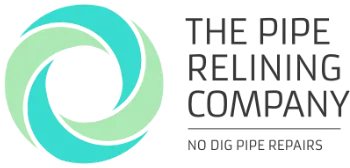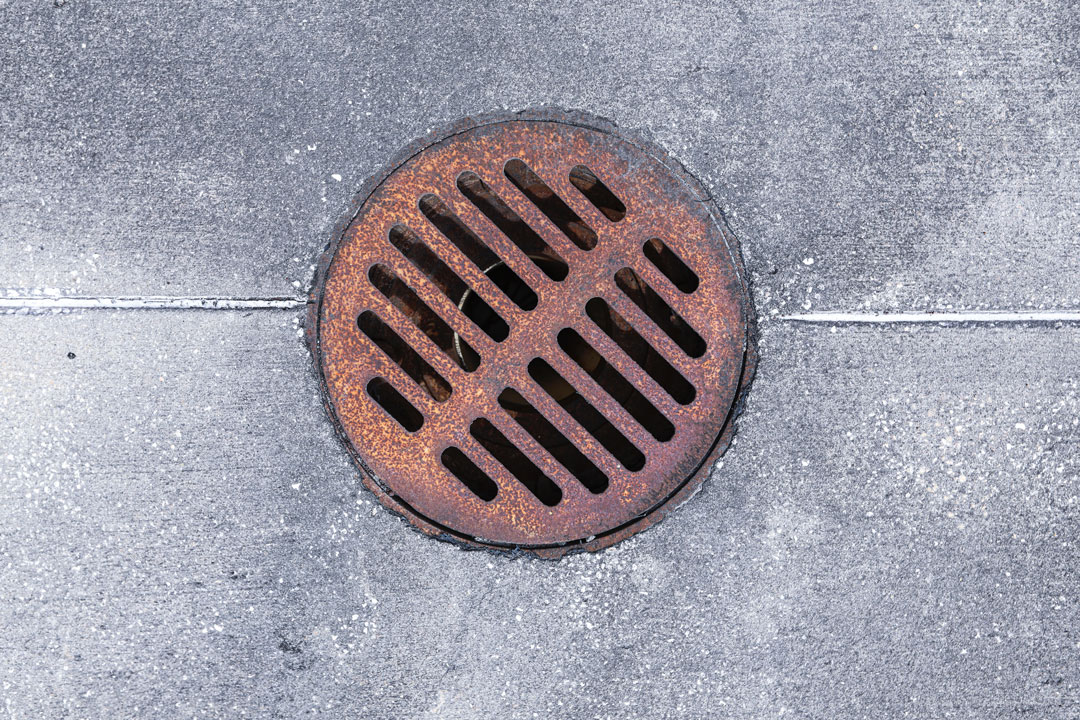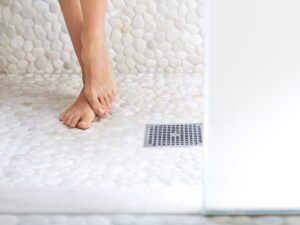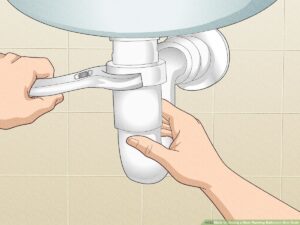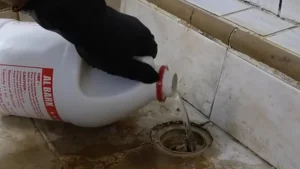If your drains are blocked, it is important to know what caused the blockage. If you do not know the cause of a drain blockage, then you might apply an incorrect solution and make the situation worse. Before you call a plumber, it is important to know the different possible causes of your blocked drain.
Common Causes
Tree roots
Tree roots are one of the most common causes of blockage and clogs in pipes. The first sign that tree roots may be invading your water line is a gurgling sound. Tree roots naturally seek moisture, which makes them more likely to find their way into sewer lines with leaks or cracks.
Tree roots can grow into underground drain pipes and invade them over time, leading to clogs and more problems down the line. If you notice your home is backing up, clear the blockage as soon as possible to prevent major problems.
“Flushable” wipes
Flushable wipes are the most common cause of blocked drains and sewer backups. In fact, one study found that a single flushable wipe can create up to 50 times more sewage than a standard toilet paper.
Feminine hygiene
Feminine hygiene products are a common cause of blocked drains. The causes of clogging are feminine hygiene products, baby diapers, and tampons. Tampons and pads claim to be “flushable” but this is not true. Foreign objects can get lodged in the toilet, especially if there are bends or joints. Clogs can occur when feminine hygiene products are flushed down the toilet. Tampons seem to be the biggest problem when it comes to blocked drains. Tampons can absorb more fluid than other products and grow in size, which makes them a significant issue for blocked drains
Fat, oil and grease
People often dispose of their fatty substances improperly, without knowing the consequences. However, there are some things you should know about fats, oils and greases:
-Disposing of them can help reduce clogs in plumbing.
-Commercial establishments require specialized training on what oils do and don’t belong in the drain.
-Private places could also benefit from knowing which oils are good to dispose of and which ones should be saved for later use or another location.
Fats, oils and greases are bound to cause clogs in the garbage disposal. When these substances cool down, they will solidify and create a build-up over time. Oils should not be poured into a container and then tossed in the trash – it’s better to put them into a disposable container first.
Hair
Hair is one of the most common causes of drain blockages. It can build up over time and create a nasty mess. Thankfully, there are some easy ways to prevent this from happening:
Install a drain catcher to stop hair build-up. This is an inexpensive way to keep your drains clear and free of clogs.
Drain cleaners dissolve hair, though some are specifically designed for this purpose. Be careful when using these products, as they can be harmful if used incorrectly.
Small screens help prevent hair from accumulating and causing blockages. When installed in your sink or shower drain, these screens will catch most of the hair before it has a chance to cause problems.
When hair accumulates in the drain, use needle-nose pliers to pull it out. If you have a screen installed, this should be relatively easy to do. There are also a number of screens available that make removal even easier.
Pipe scale
Scale deposits can take place from calcium and magnesium leftover in the water. The scale begins to collect until it reaches an obstructive size, which attracts more scale until the blockage occurs. Mineral scales build up inside pipes. To clean your toilet, use a plunger or pour one gallon of hot water followed by 1/2 cup baking soda and then wait a few minutes before mixing one cup vinegar with one cup of hot water and pouring that in last.
Know the Main Components and How They Work Together
The plumbing system in our homes is something we rely on every day but often take for granted. It provides us with hot water, saves us money by not having to use gas or electricity to power our appliances, and flushes away the waste we produce. The main components of a plumbing system are toilets, sinks, bathtubs and showers, garbage disposal units, dishwashers, refrigerators, septic tanks and water wells.
These different components all have different benefits that work together to provide us with everything we need from our plumbing systems. For example, toilets flush wastewater away so it doesn’t accumulate in our basements or create an unpleasant smell; sinks allow us to wash our hands and dishes; baths and showers let us bathe; dishwashers help us save time cleaning dishes; refrigerators keep food cold; septic tanks store wastewater until it can be properly disposed of; and water wells pump groundwater into our homes.
While these components all have different functions, they can all cause major damage when they don’t work as well as they should or stop working altogether. That’s why it’s important for homeowners to know the basics about their home’s plumbing system so they can identify any problems early on and prevent them from becoming bigger issues.
One way to help prevent plumbing problems is by regular maintenance and inspections. Another way is to be aware of the different types of clogs that can occur in our drainage systems and know-how to deal with them. There are two main types of drainage systems found in homes and buildings: those for water used by humans, and those for rainwater. Each type has the potential to cause a clog, but the clog is usually much worse in the case of sewage backup. That’s why it’s important for homeowners to know which type of drainage system their home has so they can be prepared if a clog does occur.
Clogs can be caused by many things, but they’re most often the result of leaves, tree branches, or other debris getting caught in our drains. However, they can also be caused by something as simple as hair buildup or grease from cooking oils. The best way to prevent clogs is by being proactive and using preventive measures like regular maintenance and inspections, as well as knowing what to do when one does occur.
Signs of a Possible Clog
There are many signs that a clog may be present in your home’s drainage system. The most common sign is when toilets don’t flush properly, but other clues include water lines overflowing or backup, sewage smell and bubbling noises. If you notice any of these signs, it’s important to take action right away to avoid further damage.
Water or sewage backup is one of the clearest signs that there may be a clog in your home’s plumbing system. When this happens, it’s important to find the source of the clog and clear it as soon as possible to prevent any further issues. Another common sign is when toilets don’t flush properly. This could mean that there is something blocking the drain and stopping the waste from going down as it should.
If you’re seeing bubbles in your toilet bowl, chances are there’s a clog somewhere in the sewer main line–not just in the toilet itself! And if only one utility seems to be draining well, it probably means that there are clogs at some point along that line. So if you’re seeing water gathering around a floor drain or pooling water in your yard, then there’s definitely something wrong and you should take action immediately!
Preventative Measures: What You Can Do
DIY Things to Try
There are some simple things you can do yourself to try and prevent a clog, such as:
When you suspect a clog, try pouring boiling water down the drain. If that doesn’t work, move on to using a plunger. Be sure to use the correct plunger for each job- there is one specifically designed for sinks and one for toilets.
If those measures don’t work, pour one gallon of hot water followed by 1/2 cup of baking soda to start. Let it sit for 30 minutes before trying again with boiling water or a plunger.
If none of these methods works, you can try a natural DIY cleaner consisting of bicarb soda and white vinegar for more stubborn clogs. Pour bicarb soda and vinegar into the drain to prevent blockages then flush your system with hot water when you’re done cleaning.
Keep the Professionals’ Number Handy
When the drains in your home are blocked, it can be a serious and expensive problem. Keep these preventative measures handy for when you suspect something isn’t right. First, try to use the above-mentioned methods. If that doesn’t work, call the professionals for help.
Need Help? Get In Touch
If you’re looking for a professional to help with your home’s drainage system, contact us at The Pipe Relining Company. Our team is available 24/7 and can be reached by phone or email. We have the knowledge and experience to get your home’s drainage system back on track in no time at all.
Don’t put it off! Call us today for more information or to schedule
